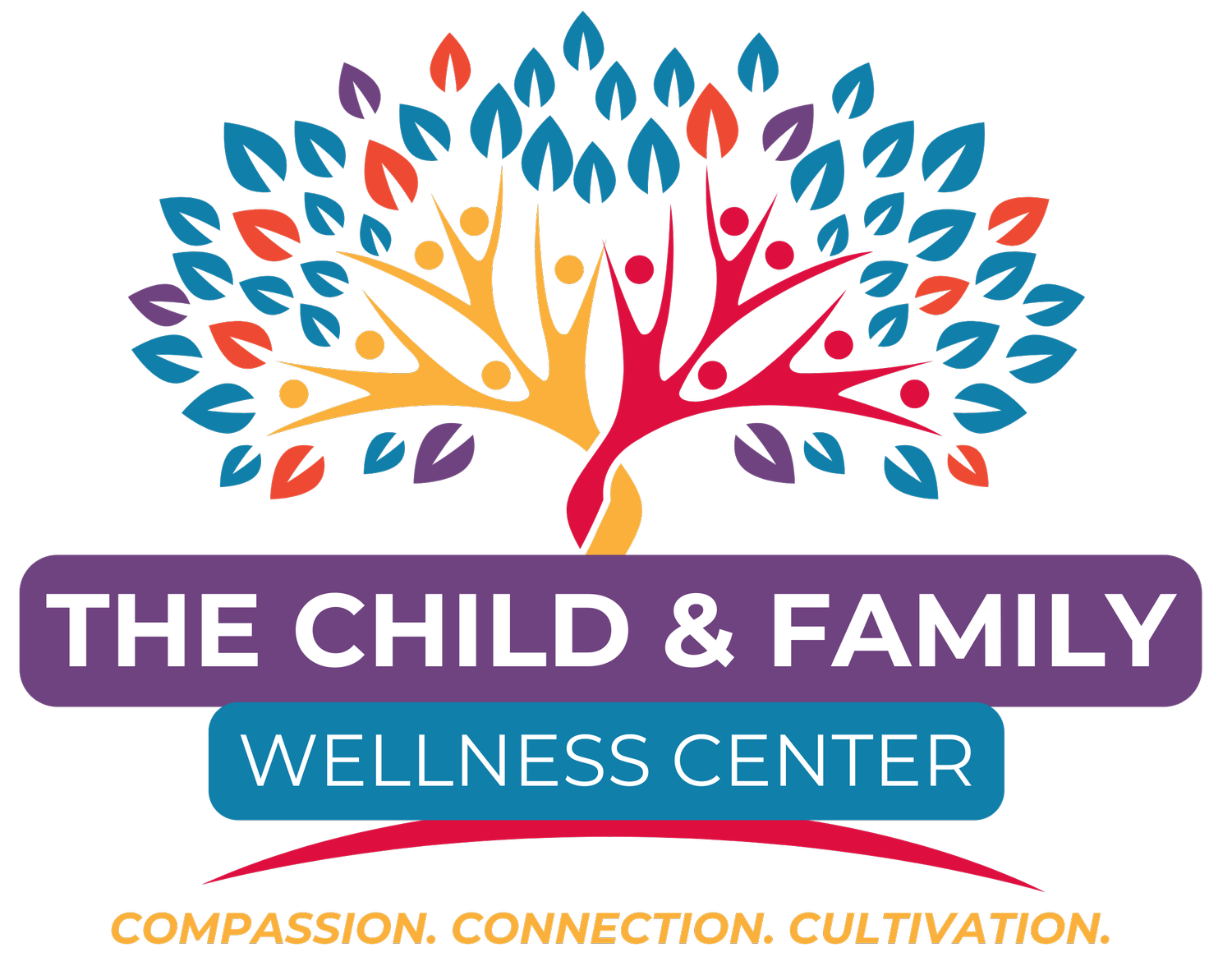Navigating Loneliness During the Holidays and Seasonal Depression
As the holiday season approaches, it’s easy to get swept up in the whirlwind of festive cheer, family gatherings, and endless to-do lists. But for many, this time of year can also bring feelings of loneliness and a deep sense of sadness, often amplified by seasonal depression, also known as Seasonal Affective Disorder (SAD).
Loneliness is not just about being physically alone—it’s about feeling disconnected, unseen, or unsupported. Pair that with the shorter, darker days of winter, and the emotional toll can feel even heavier. At The Child and Family Wellness Center, we want to normalize these feelings and provide strategies for navigating this challenging time.
Why Do We Feel This Way?
The holiday season is full of expectations. Whether it’s the pressure to feel joyful, be surrounded by loved ones, or recreate picture-perfect moments, unmet expectations can deepen feelings of loneliness. For those dealing with SAD, these feelings are compounded by biological factors like reduced sunlight exposure, which affects serotonin levels and disrupts circadian rhythms.
According to the American Psychological Association, approximately 38% of people report feeling increased stress during the holidays, which can exacerbate existing mental health challenges. If you're someone who struggles during this time, know you’re not alone, and there are actionable steps you can take.
How to Navigate Holiday Loneliness
Acknowledge Your Feelings: It’s okay to feel how you feel. Suppressing sadness or loneliness often makes it worse. Give yourself permission to honor your emotions without judgment. Journaling or speaking with a trusted friend or therapist can help.
Create Your Own Traditions: If traditional holiday activities don’t resonate, try creating your own rituals. Maybe it’s a movie marathon, a cozy dinner for one, or volunteering in your community. These personal traditions can help reframe the season in a way that feels fulfilling to you.
Prioritize Your Well-being: Small, intentional self-care practices can go a long way. Take a walk during daylight hours, move your body with gentle stretches or yoga, and nourish yourself with warm, comforting meals. Research shows that consistent physical activity can help combat symptoms of SAD.
Connect in Meaningful Ways: Connection doesn’t have to look like large family gatherings. A heartfelt text, a quick video call, or even joining an online support group can foster a sense of belonging and ease feelings of isolation.
Seek Professional Support: Sometimes, the best way to navigate tough times is with the help of a professional. Therapy can provide tools and perspectives to better cope with feelings of loneliness and the impacts of SAD.
A Note for Caregivers
If you’re a caregiver supporting someone who may be struggling this season, take time to listen without trying to “fix” their feelings. Your presence and understanding can be the most meaningful gift you can give. The holidays aren’t a one-size-fits-all experience, and that’s okay. Remember, your mental health matters every day of the year, not just during the festive season. If you or a loved one need support, The Child and Family Wellness Center is here to help. Let’s talk!
For additional resources on SAD and loneliness, check out:
National Institute of Mental Health: Seasonal Affective Disorder https://www.nimh.nih.gov/health/publications/seasonal-affective-disorder
Mental Health America: Coping with Loneliness https://www.mhanational.org

